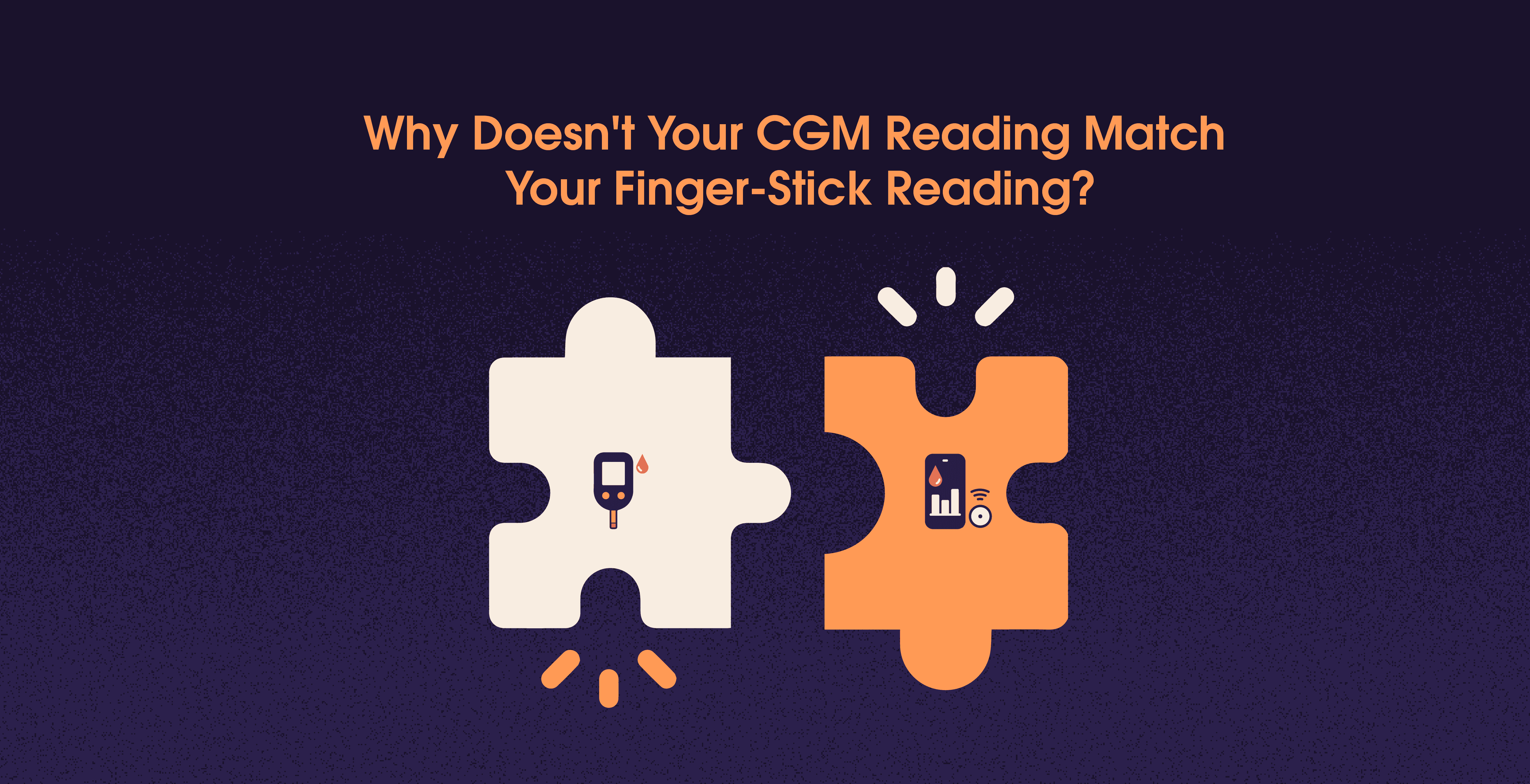10 Common Questions About CGMs Answered
Oct 9, 2024
Sayfali Rawlani
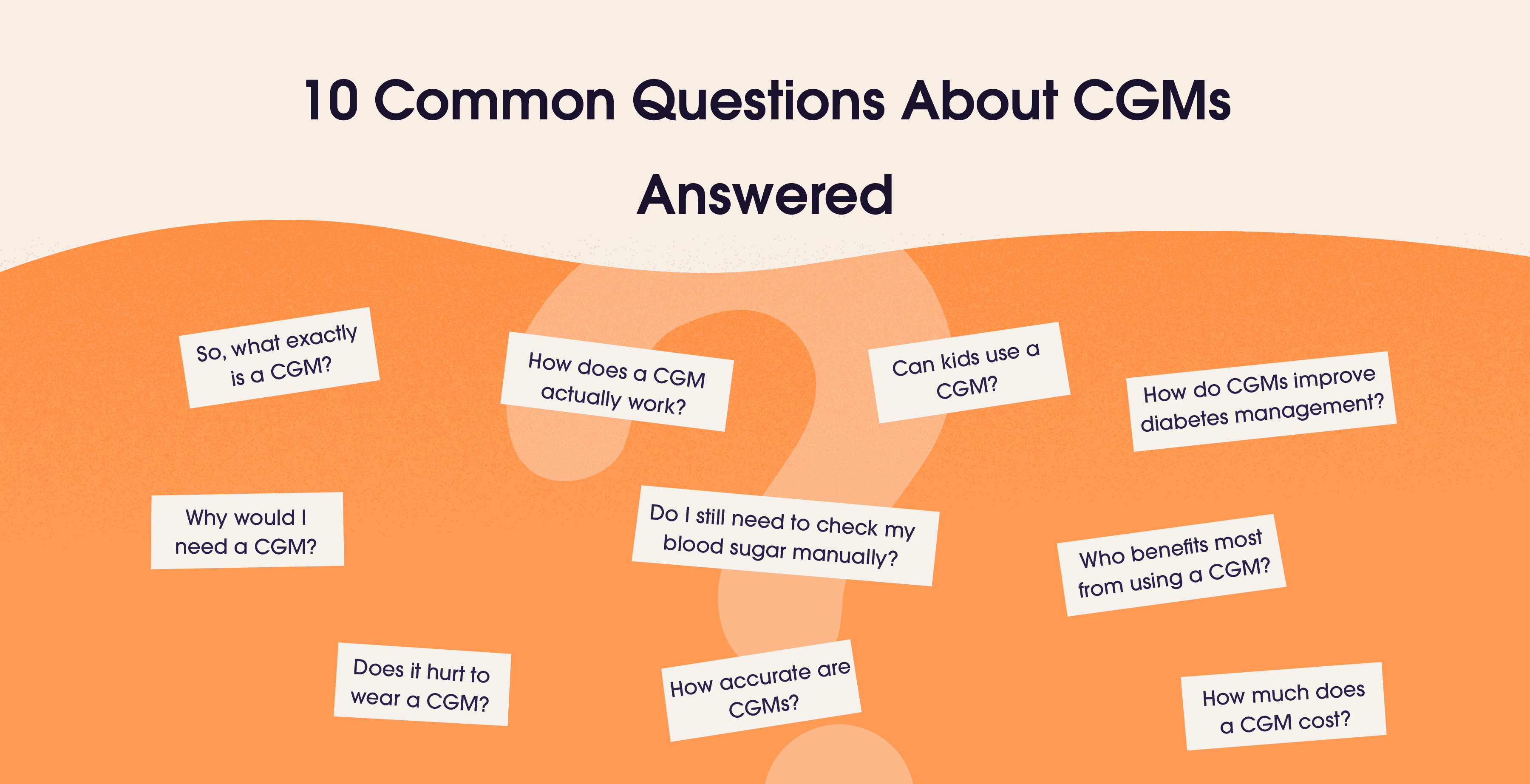


Table Of Contents
You may have heard about CGMs, or Continuous Glucose Monitors if you or someone you know has diabetes. These small devices are making life easier for many people who need to closely monitor their blood sugar levels. If you’re wondering what a CGM is and how it works, you’re not alone! I’ve answered some of people's most common questions about CGMs to help you understand them better.
Mostly Asked Questions & Answers Related To CGM
What exactly is a CGM?
A CGM is a nifty little device that continuously tracks your blood sugar levels, day and night. Instead of pricking your finger several times a day, a CGM uses a small sensor under your skin to keep an eye on your glucose levels. It sends that data straight to your phone or a small monitor, so you can check your levels anytime without having to do the usual finger-stick tests.
How does a CGM actually work?
It’s pretty cool how this works. You wear a tiny sensor that sits under your skin, usually on your arm or belly. This sensor checks the glucose in the fluid around your cells (not directly in your blood) and sends updates every few minutes to your phone or another device. The best part? You can see a graph showing how your glucose levels are changing throughout the day. This helps you figure out how things like food, exercise, or even stress affect your blood sugar.
Why would I need a CGM?
A CGM can make managing diabetes or prediabetes much easier. Instead of only getting a snapshot of your blood sugar when you check it with a finger stick, a CGM gives you a bigger picture of how your levels change throughout the day. This helps you make better decisions about when to eat, exercise, or take medication. It’s especially helpful if you’re someone whose glucose levels can change quickly.
Do I still need to check my blood sugar manually?
Sometimes, yes. While CGMs are super helpful, they’re not perfect. If your CGM shows something that doesn’t quite match how you’re feeling—like it says your blood sugar is fine, but you feel low—you might need to double-check with a traditional finger-stick test. Some CGMs also need to be calibrated occasionally with manual tests to make sure they’re accurate.
Does it hurt to wear a CGM?
Not really! Most people say it’s about as uncomfortable as a finger prick when you first insert the sensor. After that, you usually forget it’s even there. Once the sensor is in, it stays in place for up to 10-14 days, depending on the brand. You can go about your usual activities, like showering or exercising, without any trouble.
How accurate are CGMs?
CGMs have come a long way, and they’re pretty accurate now. They might not match your blood sugar reading exactly every time, but they’re usually close enough to give you useful information. However, things like dehydration or pressure on the sensor can throw off the readings a bit. So, while CGMs are reliable, it’s still a good idea to check manually now and then, especially if your CGM shows something surprising.
Who benefits most from using a CGM?
If you have diabetes—whether it’s Type 1 or Type 2—a CGM can be a game-changer. It helps you keep track of your glucose levels all day, and some CGMs even send alerts if your levels get too high or too low. This can help prevent dangerous situations. People with prediabetes can also benefit because a CGM helps you see how your body reacts to different foods and activities, which can guide you in making healthier choices.
How much does a CGM cost?
This is one of the big questions, right? The cost can vary a lot depending on where you live and what type of insurance you have. In the U.S., for example, the total cost can range from $1,000 to $3,000 a year for the device and sensors. The good news is that many insurance plans will cover part of the cost, and some companies offer programs to help make CGMs more affordable.
Can kids use a CGM?
Absolutely! CGMs can be a huge help for parents who have kids with diabetes. It can be tough to keep track of a child’s blood sugar, especially when they’re at school or playing sports. A CGM allows parents to monitor their child’s glucose levels in real time, and some systems even let parents check the readings remotely on their phones.
How do CGMs improve diabetes management?
CGMs change the game when it comes to managing diabetes. Instead of reacting to blood sugar spikes or drops after they happen, a CGM helps you stay ahead of the curve. You can see trends and patterns in your glucose levels, so you can make adjustments to your eating, exercise, or medication before things get out of control. Plus, the alerts are super helpful—they can warn you if your blood sugar is heading too high or low so that you can take action.
And Yes!
CGMs are amazing tools for anyone who needs to keep a close eye on their blood sugar levels. Whether you have diabetes or prediabetes, or even if you’re just curious about how your body reacts to food and exercise, a CGM can give you valuable insights. It’s a small device, but it makes a big difference in how you manage your health. If you’re considering using one, talk to your doctor to see if it’s right for you!
You may have heard about CGMs, or Continuous Glucose Monitors if you or someone you know has diabetes. These small devices are making life easier for many people who need to closely monitor their blood sugar levels. If you’re wondering what a CGM is and how it works, you’re not alone! I’ve answered some of people's most common questions about CGMs to help you understand them better.
Mostly Asked Questions & Answers Related To CGM
What exactly is a CGM?
A CGM is a nifty little device that continuously tracks your blood sugar levels, day and night. Instead of pricking your finger several times a day, a CGM uses a small sensor under your skin to keep an eye on your glucose levels. It sends that data straight to your phone or a small monitor, so you can check your levels anytime without having to do the usual finger-stick tests.
How does a CGM actually work?
It’s pretty cool how this works. You wear a tiny sensor that sits under your skin, usually on your arm or belly. This sensor checks the glucose in the fluid around your cells (not directly in your blood) and sends updates every few minutes to your phone or another device. The best part? You can see a graph showing how your glucose levels are changing throughout the day. This helps you figure out how things like food, exercise, or even stress affect your blood sugar.
Why would I need a CGM?
A CGM can make managing diabetes or prediabetes much easier. Instead of only getting a snapshot of your blood sugar when you check it with a finger stick, a CGM gives you a bigger picture of how your levels change throughout the day. This helps you make better decisions about when to eat, exercise, or take medication. It’s especially helpful if you’re someone whose glucose levels can change quickly.
Do I still need to check my blood sugar manually?
Sometimes, yes. While CGMs are super helpful, they’re not perfect. If your CGM shows something that doesn’t quite match how you’re feeling—like it says your blood sugar is fine, but you feel low—you might need to double-check with a traditional finger-stick test. Some CGMs also need to be calibrated occasionally with manual tests to make sure they’re accurate.
Does it hurt to wear a CGM?
Not really! Most people say it’s about as uncomfortable as a finger prick when you first insert the sensor. After that, you usually forget it’s even there. Once the sensor is in, it stays in place for up to 10-14 days, depending on the brand. You can go about your usual activities, like showering or exercising, without any trouble.
How accurate are CGMs?
CGMs have come a long way, and they’re pretty accurate now. They might not match your blood sugar reading exactly every time, but they’re usually close enough to give you useful information. However, things like dehydration or pressure on the sensor can throw off the readings a bit. So, while CGMs are reliable, it’s still a good idea to check manually now and then, especially if your CGM shows something surprising.
Who benefits most from using a CGM?
If you have diabetes—whether it’s Type 1 or Type 2—a CGM can be a game-changer. It helps you keep track of your glucose levels all day, and some CGMs even send alerts if your levels get too high or too low. This can help prevent dangerous situations. People with prediabetes can also benefit because a CGM helps you see how your body reacts to different foods and activities, which can guide you in making healthier choices.
How much does a CGM cost?
This is one of the big questions, right? The cost can vary a lot depending on where you live and what type of insurance you have. In the U.S., for example, the total cost can range from $1,000 to $3,000 a year for the device and sensors. The good news is that many insurance plans will cover part of the cost, and some companies offer programs to help make CGMs more affordable.
Can kids use a CGM?
Absolutely! CGMs can be a huge help for parents who have kids with diabetes. It can be tough to keep track of a child’s blood sugar, especially when they’re at school or playing sports. A CGM allows parents to monitor their child’s glucose levels in real time, and some systems even let parents check the readings remotely on their phones.
How do CGMs improve diabetes management?
CGMs change the game when it comes to managing diabetes. Instead of reacting to blood sugar spikes or drops after they happen, a CGM helps you stay ahead of the curve. You can see trends and patterns in your glucose levels, so you can make adjustments to your eating, exercise, or medication before things get out of control. Plus, the alerts are super helpful—they can warn you if your blood sugar is heading too high or low so that you can take action.
And Yes!
CGMs are amazing tools for anyone who needs to keep a close eye on their blood sugar levels. Whether you have diabetes or prediabetes, or even if you’re just curious about how your body reacts to food and exercise, a CGM can give you valuable insights. It’s a small device, but it makes a big difference in how you manage your health. If you’re considering using one, talk to your doctor to see if it’s right for you!
Table Of Contents
Table Of Contents
Table Of Contents
Read More
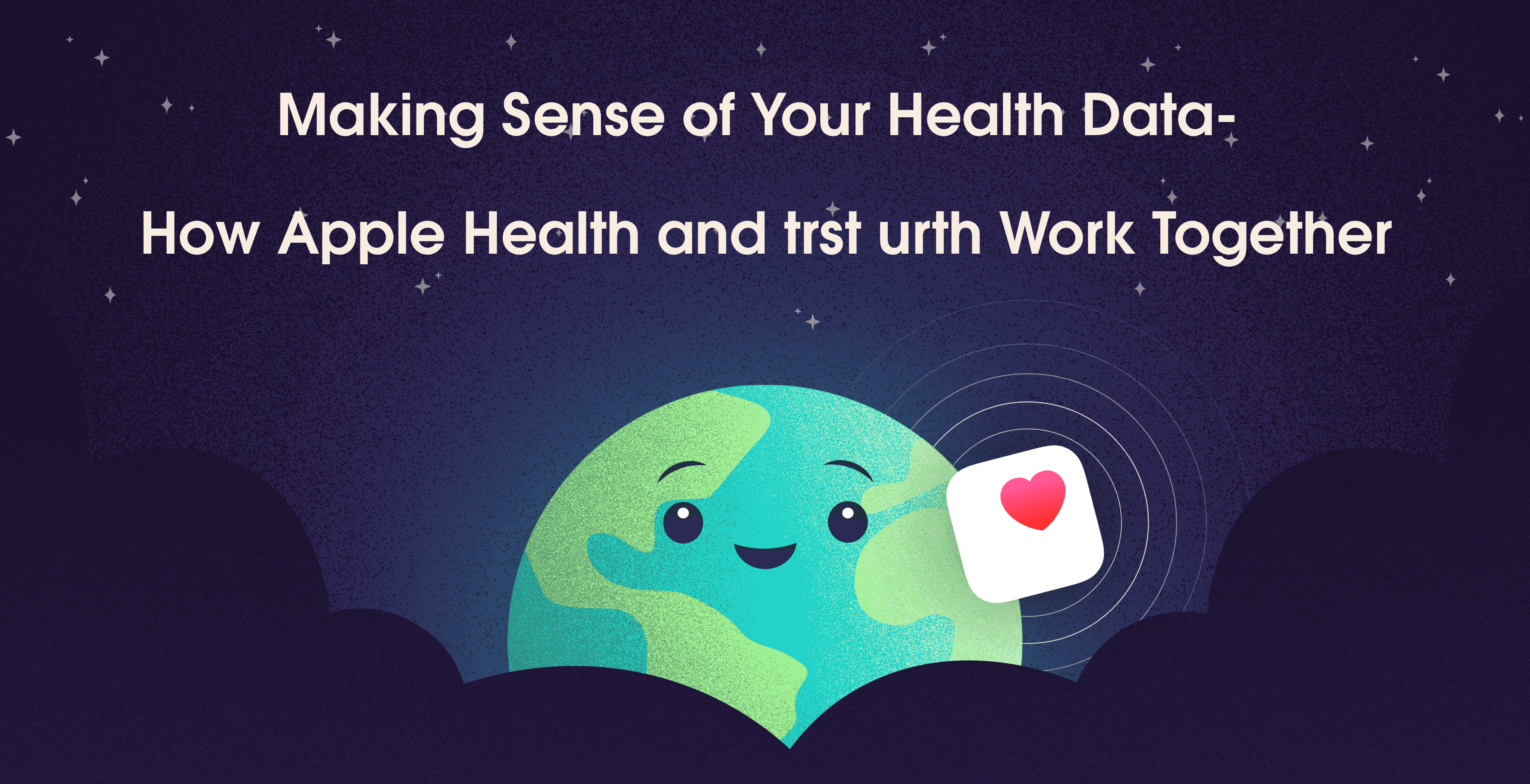

Feb 3, 2025
Aparna Hurtis
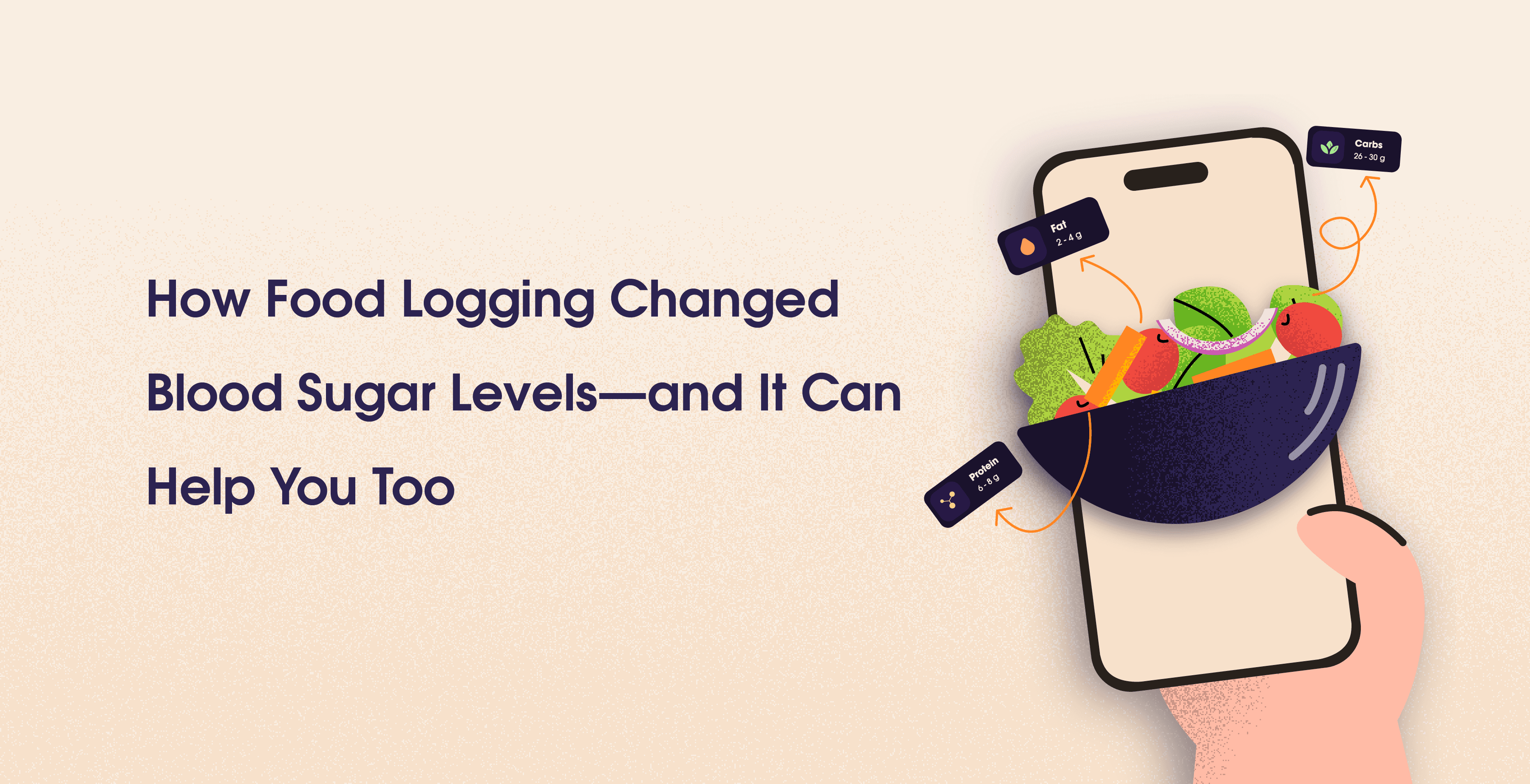

Oct 16, 2024
Sayfali Rawlani
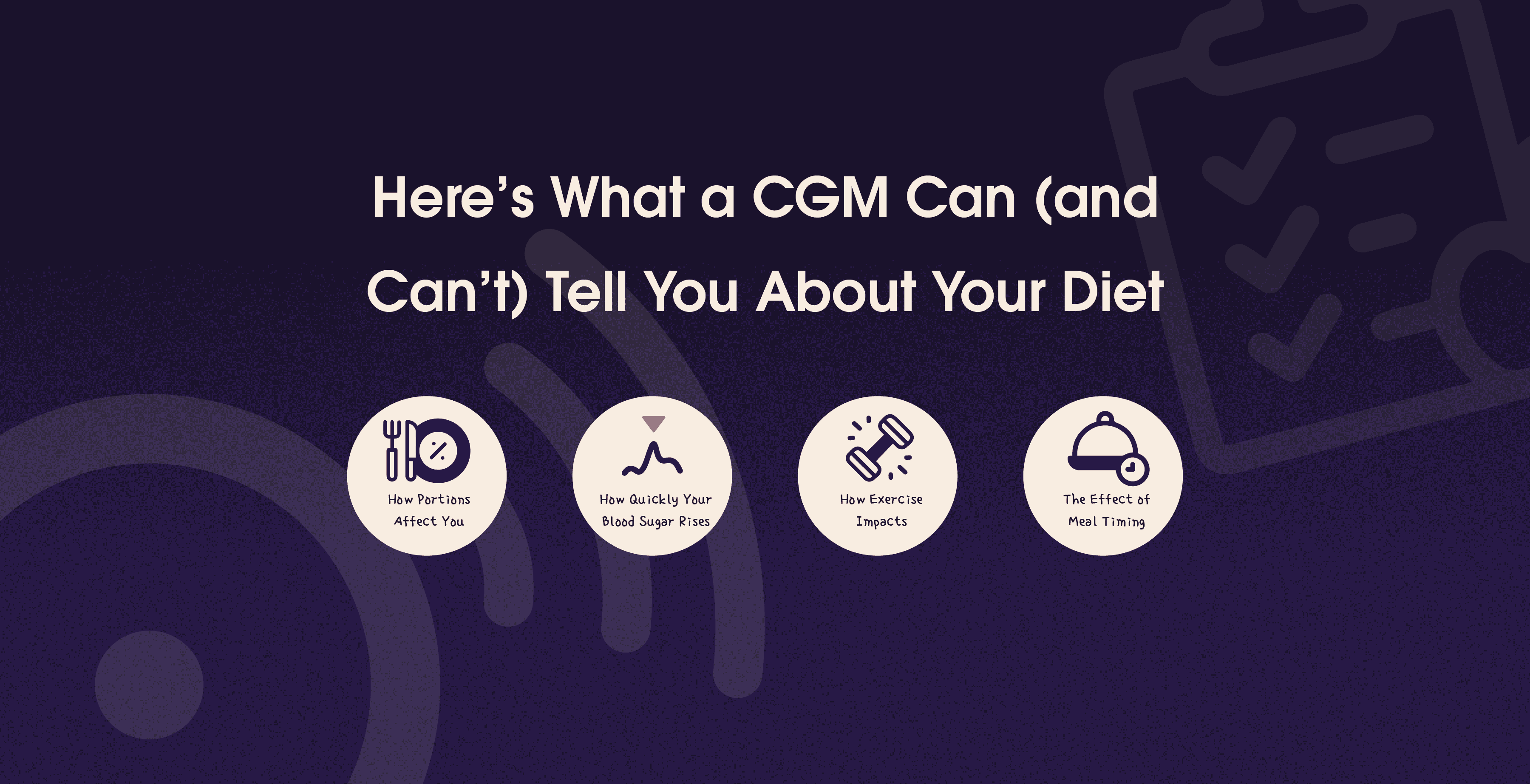

Oct 7, 2024
Sayfali Rawlani



Copyright © 2025 trst health. All right reserved.

